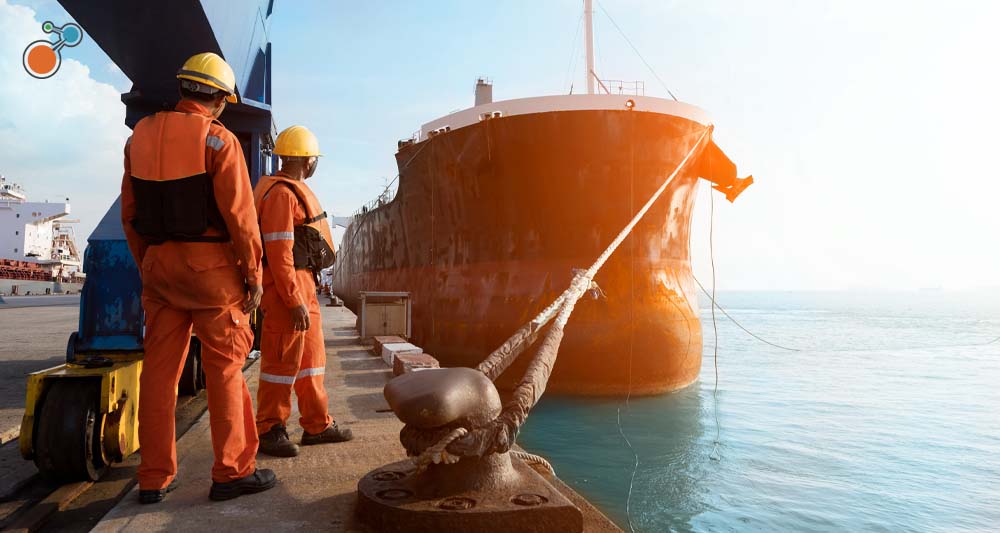Business continuity vs disaster recovery — the two terms are often confused, but they are not interchangeable. One picks up where the other leaves off.
Imagine you’re a ship captain. You build a sturdy vessel to brave the rough waters. But no matter how well you’ve built your boat, you wouldn’t set sail without a skilled repair crew in case of a leak. Think of business continuity as the well-built vessel that keeps you on your journey, while disaster recovery is the crew that will make repairs if you hit an iceberg.
Navigating unforeseen challenges takes both business continuity and disaster recovery. Having both plans in place establishes a dual-pronged approach to get your business back up and running as soon as possible.
Five Crucial Distinctions
Business continuity and disaster recovery do have many similarities. Both are proactive plans designed to return operations to normal quickly— and with as little damage as possible. However, there are important differences with business continuity vs disaster recovery. Here are five to note:
1. Scope. Business continuity is broad in scope, encompassing critical business services across your entire organization. Each department and business unit should have a plan to carry out essential operations —including workforce management, customer service, and communications — during times of disruption. In contrast, disaster recovery has a narrower scope, focusing restoring what was lost, which is often data and IT systems, in the aftermath of a specific event.
2. Stakeholders involved. Business continuity encompasses a broad array of stakeholders across the company, including business continuity team members, employees, customers, partners, and more. Disaster recovery would include members of the IT department, as well as customers, employees, vendors, and partners if they are affected by the disruption.
3. Timing. Another critical difference is in when the plans are activated. A business continuity plan is set in motion the moment a disruption occurs. Conversely, a disaster recovery plan is deployed after the event occurs and remains in place until data, systems, and functionalities are restored to an operational state.
4. Plan components. The components of business continuity and disaster recovery plans also vary. A business continuity plan generally includes the following steps:
· Conduct business impact analyses. Collect information from all departments to identify critical business services as well as the processes, systems, and people you need to operate.
· Design your plan. Make sure that all the parts work together and align with your overall business strategy.
· Establish communication protocols. Designate back-up communication channels to keep your stakeholders informed in the event your regular means are not available during a disruption.
· Train employees. Spend time educating employees about actions, roles, and responsibilities, so the team will be ready to execute when a disruption occurs.
A disaster recovery plan typically follows these steps:
· Define critical functions. Identify the most critical technical functions and prioritize restoring those functions.
· Form your disaster recovery team. Assign roles and responsibilities to activate in the event of a crisis.
· Create backup and recovery procedures. Develop step-by-step plans to restore data, critical applications, and operations after a disruption.
· Train employees. Educate staff on proper processes and procedures to restore operations.
· Test and adjust the plan. Conduct routine tests to validate recovery plan effectiveness and identify improvement areas.
5. Action. The activation plan for business continuity vs disaster recovery also differs. For example, in the event of an approaching wildfire, you might immediately send out an emergency alert to notify employees of the approaching danger. You might need to transition to alternative work sites. You might need to redirect suppliers. You also might want to systematically check in on the well-being of employees. And you’ll want to keep all stakeholders up to date on the situation.
In contrast, a disaster recovery plan kicks in once the crisis subsides. In the case of a wildfire, you might need to rebuild or restore damaged property, like computer hardware and office buildings. You may also need to assist employees whose homes burned down. And of course, the team will need to recover damaged IT systems and restore any lost data.
Two Sides of the Same Coin
The success of both business continuity and disaster recovery plans hinges on communication. Everyone involved needs instant access to timely information throughout a crisis and recovery. Software can help with that by providing secure communications via a backup channel if your primary vehicles are down. Emergency alerts can push messages tailored to geographic locations, facilities, teams, roles, and more. Having instant access to timely, accurate information can make all the difference when time is of the essence.
Business continuity vs disaster recovery is a case of yes/and, not either/or. When both plans and teams are in place, ready-to-go, your business will be well-prepared to bounce back from any disruption.
For more on business continuity vs disaster recovery, download our ebook, Getting Started with Business Resilience and check out Riskonnect’s Business Continuity & Resilience software solution.




